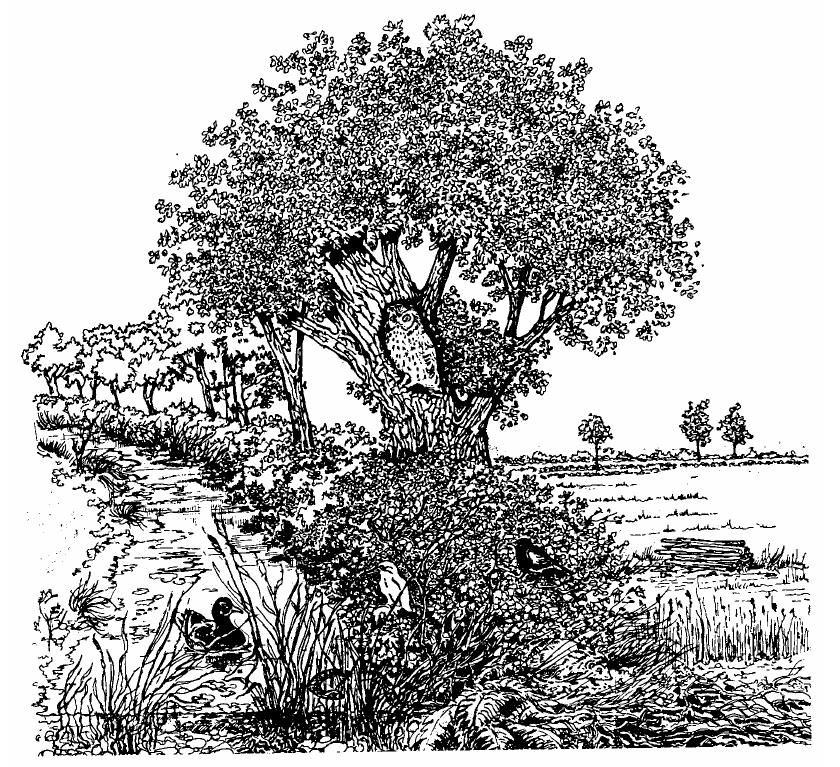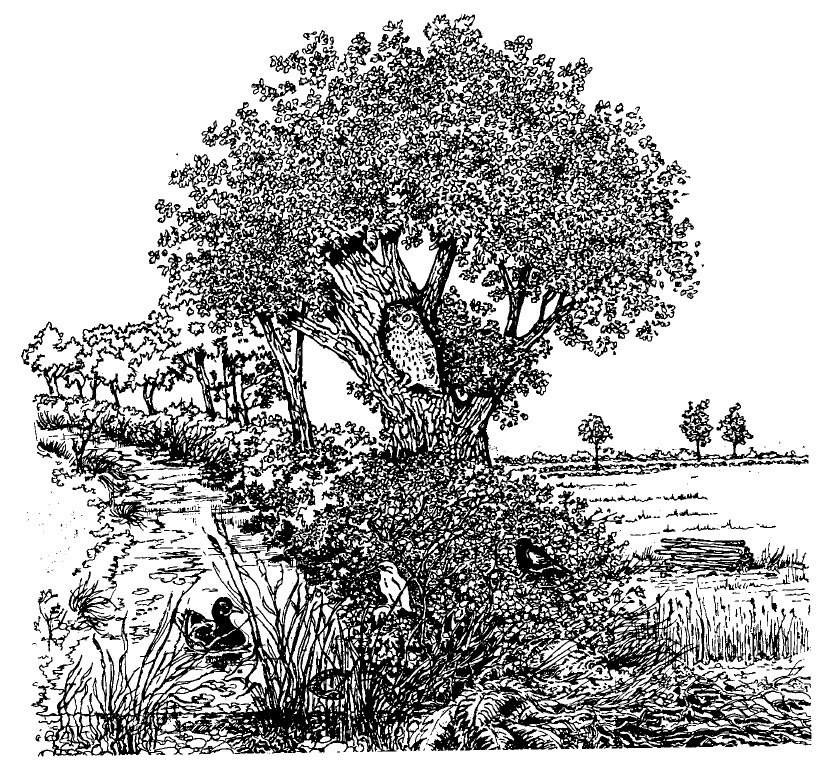The hedge has always been one of the most important elements of the agricultural landscape. This, both in the plain and in the hills, was traditionally characterized by the presence of country hedges that went to delimit plots and farm roads. In addition to marking property boundaries, hedges were a source of fruit, fodder and firewood. With some of the plants that composed them were also made agricultural tools.
The use of hedges to protect and delimit fields began in ancient times; they are already mentioned in the Bible.
The presence of hedges in a territory is a factor of great importance in environmental terms; in fact they are miniature ecosystems and real reservoirs of animal and plant life. They concentrate in little space a great biological diversity thanks to the different microclimates that characterize them.
The hedges act as a connection in the ecological network so they ensure the connection between different habitats; they therefore function as corridors. A biological corridor allows the dispersion of many organisms and promotes the processes of colonization.
Their presence is important for agriculture as they give shelter and nourishment to a wide range of animals, often predators of the main pests of crops. These can be mammals, birds, reptiles and amphibians. More the hedge is complex in terms of tree and shrub species (as well as in terms of height and age of plants) more this is receptive to animals.
If placed close to a wood, the hedge acts as an ecotone, that is a transition zone between two different environments.
On the aesthetic and perceptive level, the country hedges make the landscape interesting and pleasant in all seasons; this thanks to the blooms, the fructifications and the changes of color of the foliage.
They live up the image of the countryside especially when they are composed of botanical species of different size and structure and have an arboreal component that also makes vertical elements appear. They are crucial for rural tourism because a diverse landscape is more attractive than a homogeneous one.
The hedge performs multiple tasks including protecting the soil from rain erosion and protecting cultivations from the wind. Their presence also reduces the evapotranspiration from the soil, thus increasing humidity. The hedges placed along the water streams then function as 'buffer bands', they are filter between terrestrial and aquatic ecosystems, retaining sediment and pollutants.
After the Second World War, with the advent of agricultural policies that aimed to maximize the productivity and profitability of cultivations, rural hedges suffered a sharp decline. There has been a growing disinterest in their maintenance and they have been gradually eliminated to consolidate the fields and facilitate the work of agricultural means. Intensive agriculture does not tolerate the presence of such elements also because they subtract land and project their shadow on cultivated land.



